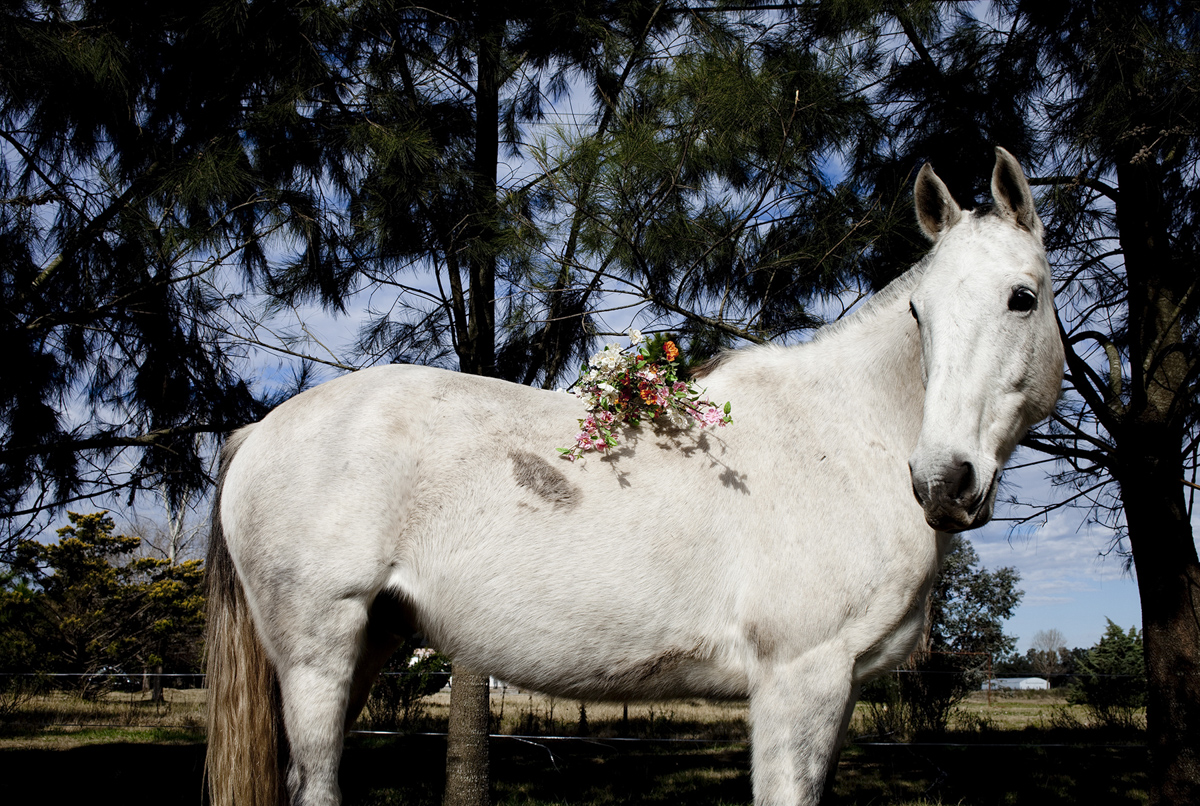The Argentine photographer, Gisela Volá, wants to understand what makes us who we are. Her questions around the identity lead her to travel through countless paths, territories, rites, conversations and symbols. On this path, photography alone does not exist. She likes to be where things happen and talk with those who go through them. She has been part of Sub Cooperativa for more than a decade, she is part of the Feminist Pandilla and the Vist governing council.
Gisela spent her childhood in the province of Buenos Aires, in a field that seemed as inspiring as it was monotonous and that, she now maintains, led her to sharpen her eyes. There she learned to observe. When she turned fifteen she did not want to party, she asked to be given a camera. Her family had to travel more than 40 miles to get one.
As part of her search for answers, she visited five countries asking women what they wanted, worked on her family lineage, she took photos of quinceañera rituals, the world that surrounds the mythical Argentine cumbia singer Gilda, portrayed the lives of millionaires and marijuana users. Now she embarked on a collaborative work with a non-binary person to think about the future of those who leave the heteronorm behind.
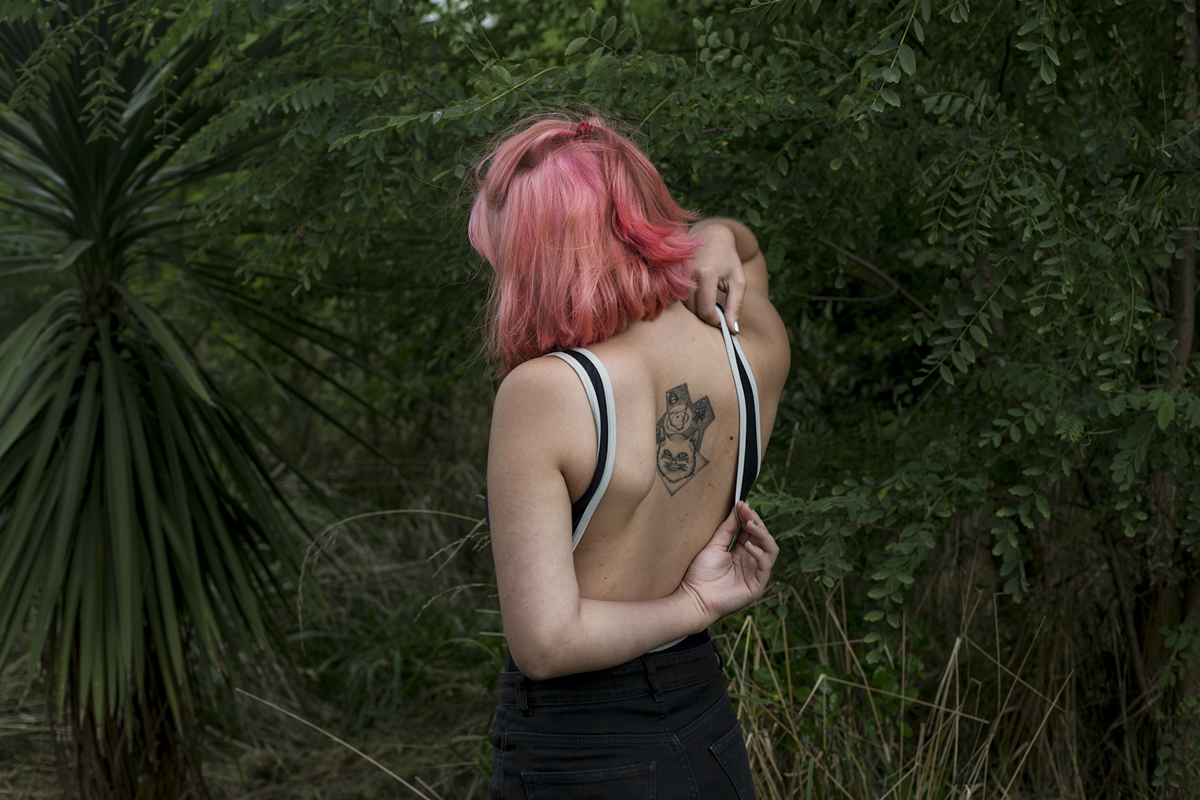
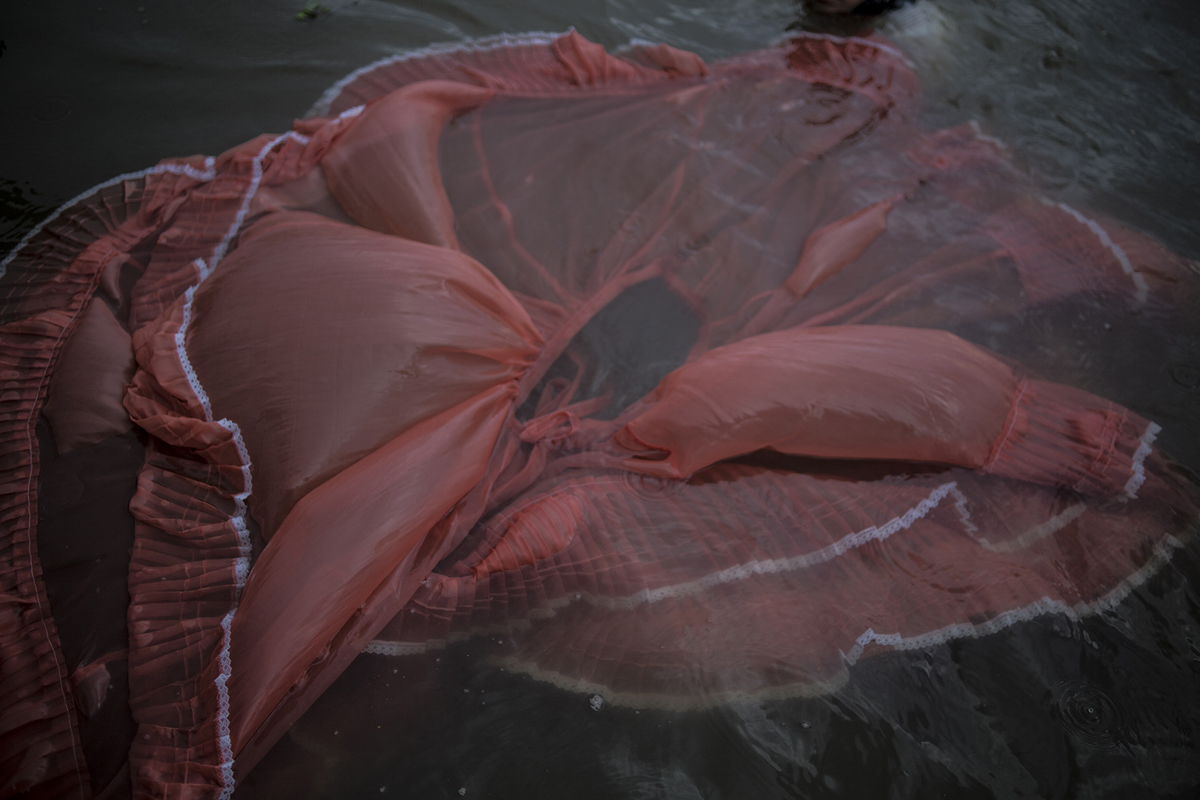
Your photographic search seems to revolve around identity. How would you define it?
The word that comes to mind is “transformation”. In my works, I always search for someone to come out transformed. The other word that comes to mind is “revelation”. Transformation and revelation are the engines of my work. ransforming how to give life and revelation in the sense of an image or a truth that is revealed. It took me a while to realize that I was always looking to the same side: the question of identity. That is, how we live life based on who we are.
Today I also think about gender issues in a much broader way than I did before. In my first work in which I identified the gender perspective (Deseos), the women that I saw were like mirrors. My way to understand identity has changed, today I almost consider the blurring of the gender.
For a long time I was looking at the rituals that make up the construction of identities. On the 15th birthday, for example, a ritual very naturalized is the coronation of the woman. Talking about Gilda for me was talking about a woman who broke stereotypes. Even if the work finished taking a very mystic tone, what convoque me to do it was the figure of a woman that “had everything” (husband, children) but dreamed of being a cumbia singer. This rebellion, a dream that she projected to do outside the norm, was what attracted to me.
I am seeing how to disarticulate those stereotypes. Through the photography I can enter, penetrate and live them from whithin and reveal them so that they transform.
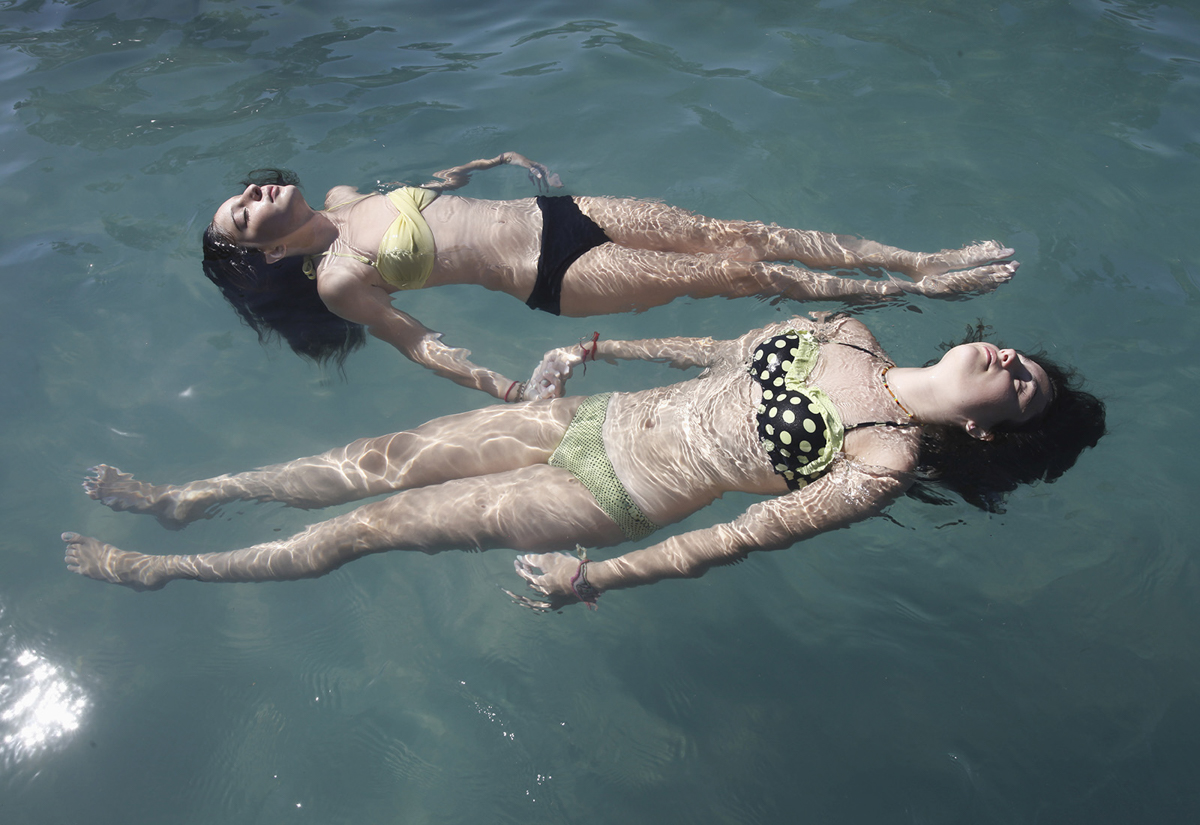
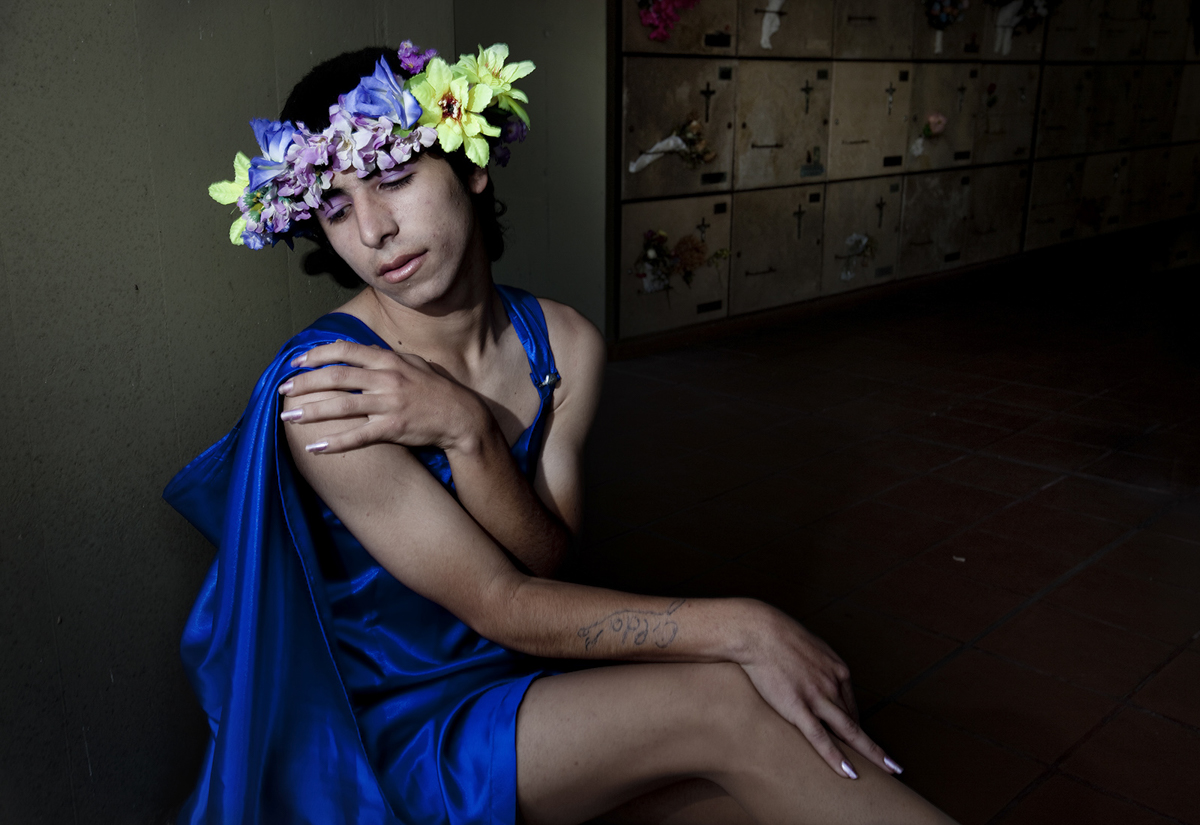
What is Cabalgata Nocturna about?
It has to do with the female lineage. My mother, 85 years old, is in the finitude of life. Each meeting is a celebration and she tells me stories. That’s how I found out that my great-grandmother was an Italian migrant who came to live in the country with seven kids. She had a healing gift. My mother learned to read when she was five years old because she was the one who answered the letters that my great grandmother received, from people who asked her for help. My mother sat on the floor and emptied the metal bowl with the wheat and refilled it again to let her continue saying her prayers.
When my mother told me that, I started to feel like I was listening to my great-grandmother. Some time later, there was a call for a residence in Mexico, I traveled there to get closer to healer women and to do this work in honor of the women who travel the skies on the nights of the coven. I thought that, if my great-grandmother had lived in other times like the inquisition, they would have killed her. And I felt that my mom had kept that story as a secret.
I started working with the metaphors, I wondered about the night, the stars, the fire, the poetry. There are images of skirts in the water, I played with the elements: earth, fire, air. The last thing I did was a portrait of my mother naked.
I feel that the story had to do with the intimate plane but I wanted to take it to the collective plane. It talks about all the women that had a grandmother or a mother who are great, those who lived a lot of things and had these ancestral questions. I think that the photos that I need to finish these work are a nude of mine and a nude of my daughter.
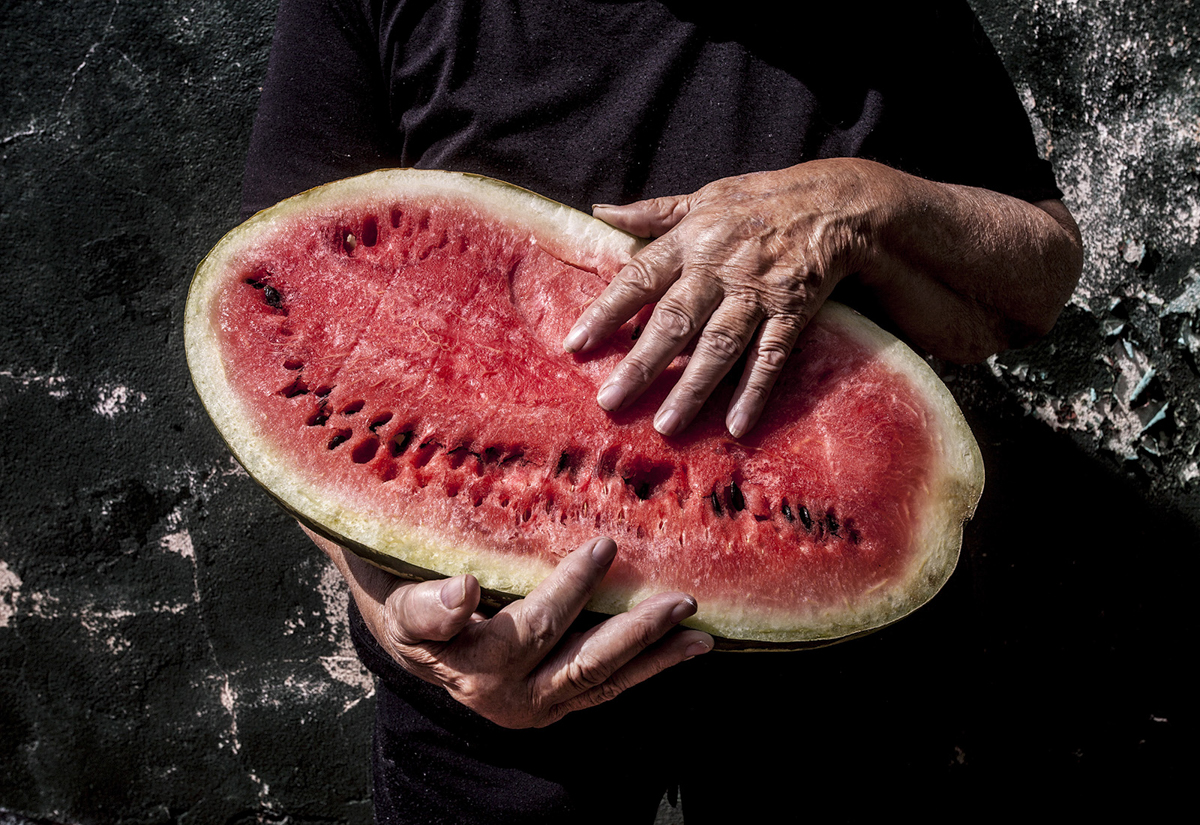
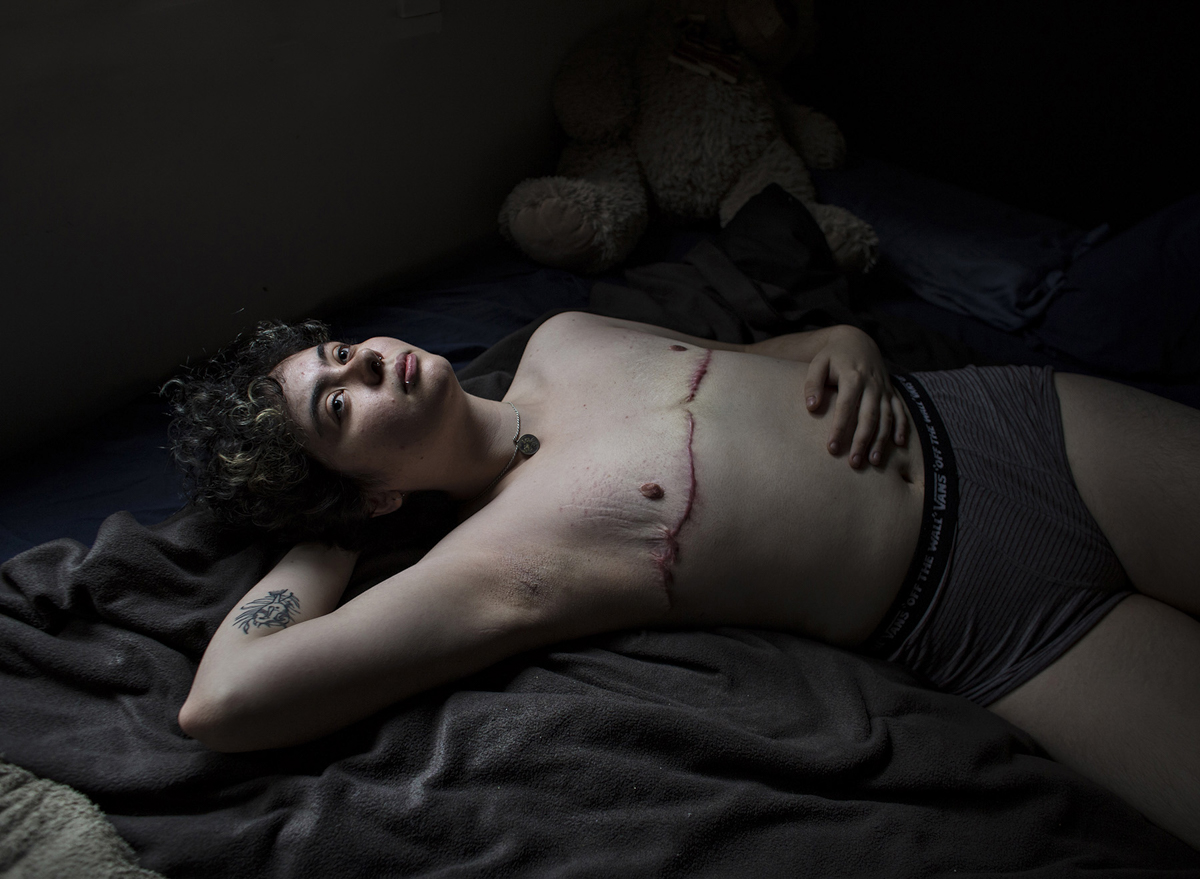
You traveled through five countries asking women what they wanted, what did they answer you?
I started that job in a very intuitive way. I traveled to Bolivia for the first time to accompany a friend to present a book. I was raising two small children and that was the first time that I dared to leave them with my partner, their father. I decided that I wanted to travel, I put the desire in myself. It was a journey that began a personal search. I was stopping at the house of Mujeres Creando, I lived with sex workers, peasant women, housewives, artists, activists, Bolivians and from the north of Argentina. They were teachers for me, women fighters indoors and outdoors.
I was asking myself what kind of mother I wanted to become. My motherhood was something much desired and at the same time a bucket of mandates. I was overwhelmed by what they expected of me and I wanted to endure: to be an artist, to be a storyteller. The same question that I asked myself I asked them.
Lourdes’ wish, for example, was “I want to be a girl again.” She told me that she had had a super violent childhood with her father and wanted to heal that infant. Another woman told me: “I want to finish my studies.” I realized everything that women put aside, starting with motherhood and being supporters in precarious economies.
Florentina, an indigenous woman, told me “I would like to be more rebellious”. I replied: “me too”. Like Angela Davis’ phrase: “I am not accepting the things that I cannot change; I am changing the things that I cannot accept ”. For me, the way to change is photography. It was the tool that I have.
Elisa told me: “I would like to break the chain of submission that we transfer from grandmothers to mothers, from mothers to daughters, to break them definitively.” Romina is Chilean and was a model, very well known in Chile in the 80s. Then she started being a DJ, she went to live in the mountains, she reinvented herself. “I had everything an ordinary woman would like to have: to be pretty, to be skinny, to be successful, to be desired. I wish money was not the only reason to live,” she said.
María Elena told me that she wants to see her daughter again. She is the daughter of a Cuban diplomat, lived in Angola, lived in the jungle, where her only friend was a monkey. She is in Cuba and her daughter has gone to the United States. She spoke of the imposed distance, of migration. She is a Zen teacher to me. “Sometimes we desire so many things that we lose ourselves among so many desires: I seek, tirelessly, simplicity,” she said.
Finally, one of my closest friends, Chilean and Cuban. I met her at the door of a bowling alley and she told me “I’m in Argentina, I don’t have a place to sleep.” I invited her home. She was a street artist, she came from breaking chains in her home, she had religious parents. She was bohemian, she wanted to start another life. Now she lives in the Atacama desert. I very much admire the state of freedom in which she lives, without prejudice to anyone or anything. Her desire is to “sustain ties with people over time.”
A woman told me “I want to see Jorgito again, a boy I like but I never saw him again.” Juliana has been my friend since we were four years old. And we are still friends. She is my first friend who had children, at 17 years old. She is a warrior. Her wish was “I would like to fly.” I loved the desire because many times they have to do with things that cannot be done. Living in a state of utopia is what keeps you going.
I like what each portrait says. To do them I asked them for a look at the camera but after a while. First we sat down, we had a wine, a beer, they told me, I told them. I look back at each photo and I keep getting excited. The photo comes from a very intimate moment and I think it shows. I keep seeing honest looks in the photos and remember by heart what each one said.
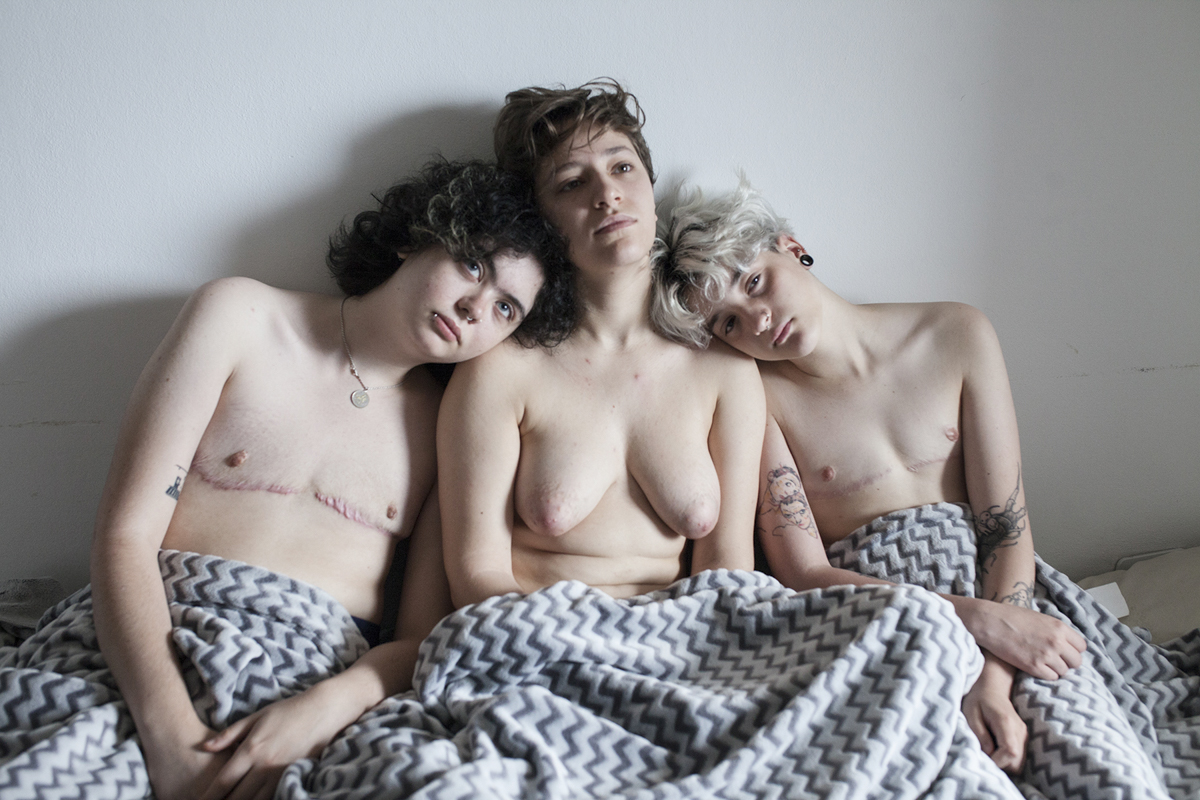
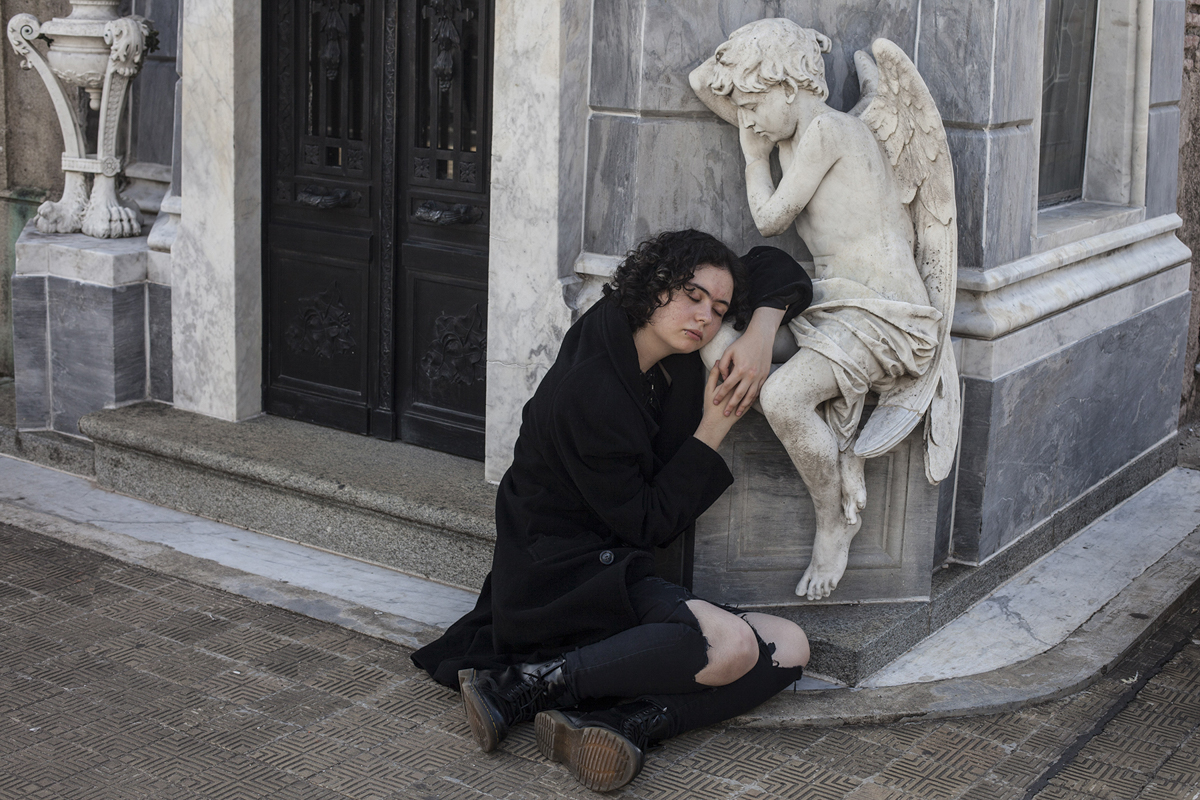
What is it like to work collectively?
The camera, for me, rotates 360 degrees today. I’m super stripped of the camera, I don’t have one of my own. Now, for example, I have an analog that I borrowed from a barbecue. For me there is no photography without another person. Never alone, never. My work is self-referential but without putting the body. For a long time I felt that many people did not understand the self-referential in documentary. Women, for example, are a mirror for me: work arises from something self-referential and becomes something collective.
Co-creation is something that was always present in my creative search. At Sub cooperativa we create our own laws. It was the dissolution of individual authorship, a great apprenticeship. It was blurring the ego issue in the artist, which I think is extremely important.
We are accompanied by two phrases: “from the individual to the collective” and that “the collective is more than the sum of the parts”. Collectively you get to know yourself again. It helped me to encourage me to do things that I had not encouraged, to promote ideas, that from small they become huge. Working with people who you get along with is beautiful.
The biggest challenge was to become a cooperative, to ensure that there are salaries, that we could pay the rents. I think it was the most political decision we made. Sub was my school of life and we were teachers, one of the other. I also understood that the collective has to be nurtured by the individual because, if not, one hides in the collective.
Now I am working with a group of women (Pandilla feminista) in which we think from photography. On December 9, 10 and 11 we are going to do the Urgent Meeting. In the collective we managed to bring together photography and feminist activism. They have a lot of battery, we debate.
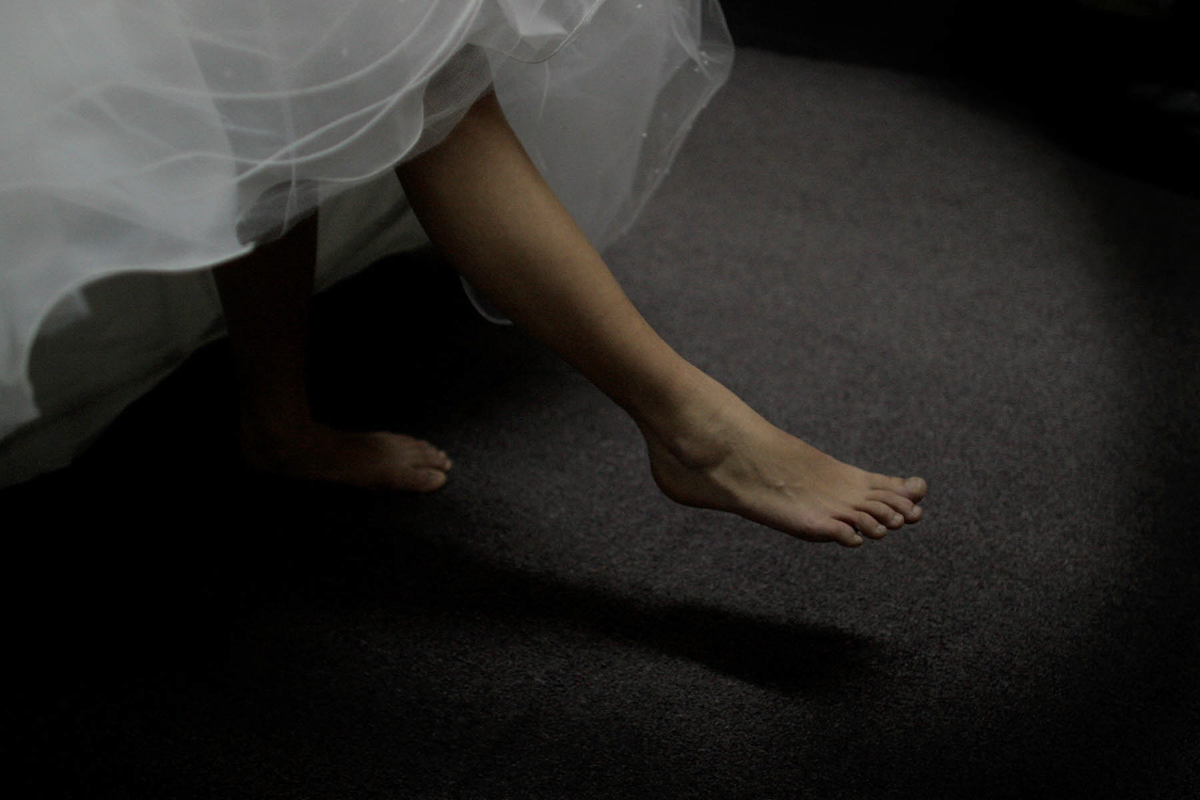
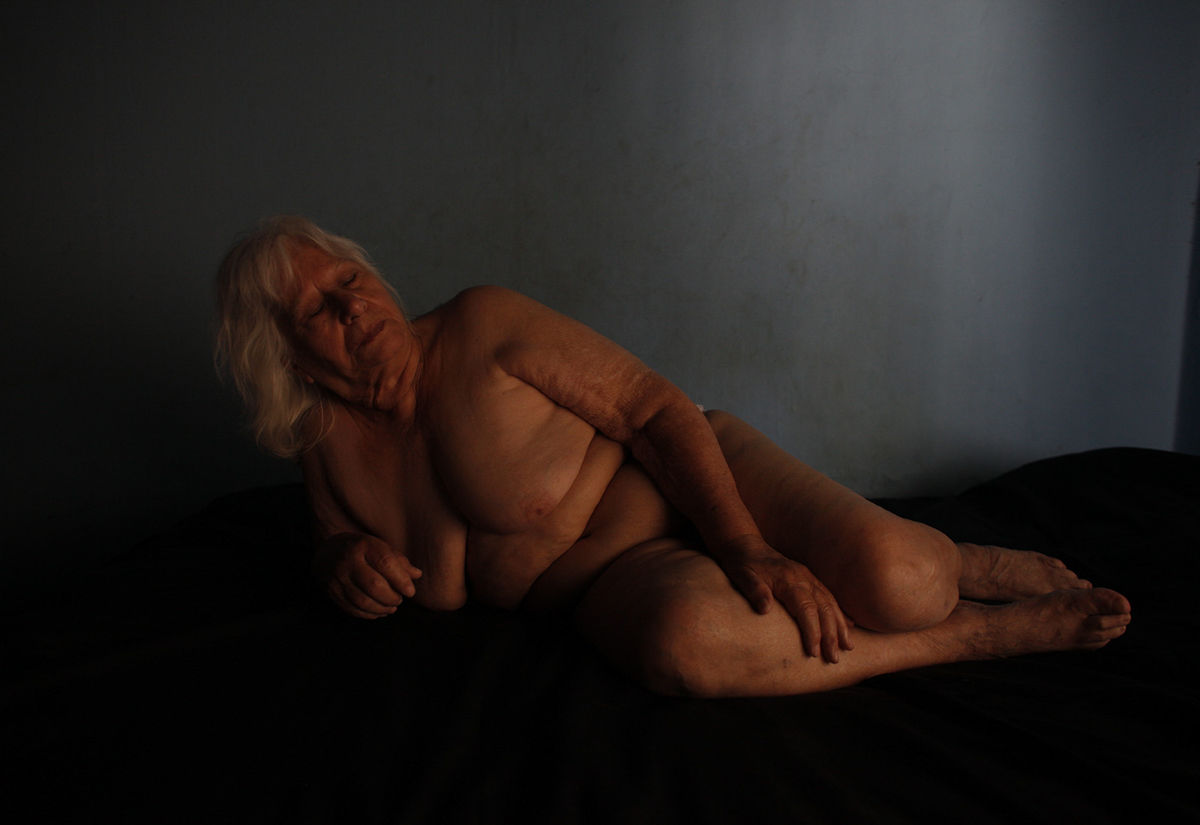
And you’re doing collaborative work with a non-binary person, what is it about?
I did a sharp turn. After working with other colleagues for so long, I thought I knew everything about the groups. Actually, I didn’t know anything. I was always working with people who had the same privileges or views as me. I thought my work was feminist or had a gender or identity perspective. It had been thought from the female gender.
From the Gender Identity Law, the question of what a woman is aroused in me. When I was a girl, I wanted to be a man because I liked the freedom my brothers had and because I didn’t like being looked at by certain parts of my body. And, at the same time, she did want to be a woman. In 2015, I signed up for a master’s degree in documentary journalism and chose the Law as my thesis topic.
I started looking at a lot of audiovisual materials on the representation of genders and I found the trans girl more easily and very little the trans man. So I looked for people who were making that transition to trans masculinity.
Now I am working with Ariel, who is non-binary: neither male nor female. Gender: person. They is super young, and took out their breasts not because they wanted to become masculine but because they felt they did not belong to them. They didn’t want to have breasts because of the objectification it means.
They was uploading their mastectomy in stories. I saw that operation, that decision that they had made and it caused me admiration. I proposed to them to make a movie. They said “obvious”. The second thing I said to them was: “I feel very uncomfortable registering, I would like it to be a collaborative work, you have a lot to tell and you are doing it on your social networks.” It seemed absurd to me to write the script if they was already doing it. We have known each other for two years. It is part of generating narratives with more respect, more sincere. That is why I say that the gaze is in 360 degrees.
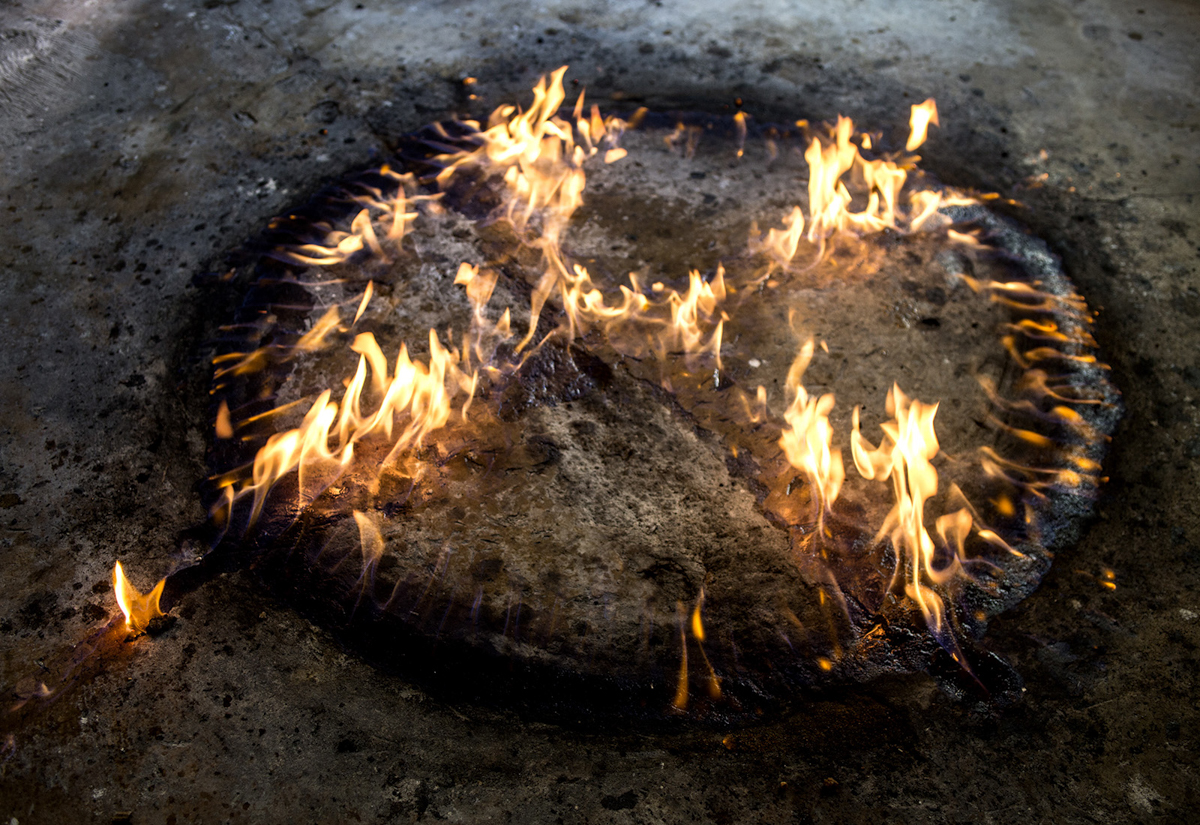
In addition to being the author of visual projects, she is a cultural manager and teacher. She participated in more than thirty individual and group exhibitions around the world, in addition to festivals, colloquia and photography meetings. She won the 1st Prize of the Cuenca Art Biennial in 2009 and the 1st Latin America Picture of the Year Prize in 2012 and 2014. She has been a member of Sub for more than a decade, a cooperative of photographers from where they explore stories in Latin America and published in The New York Times, Gatopardo, Crisis, Página / 12, Le Monde, and in two books: “December” and “Qapaq Ñan”.
